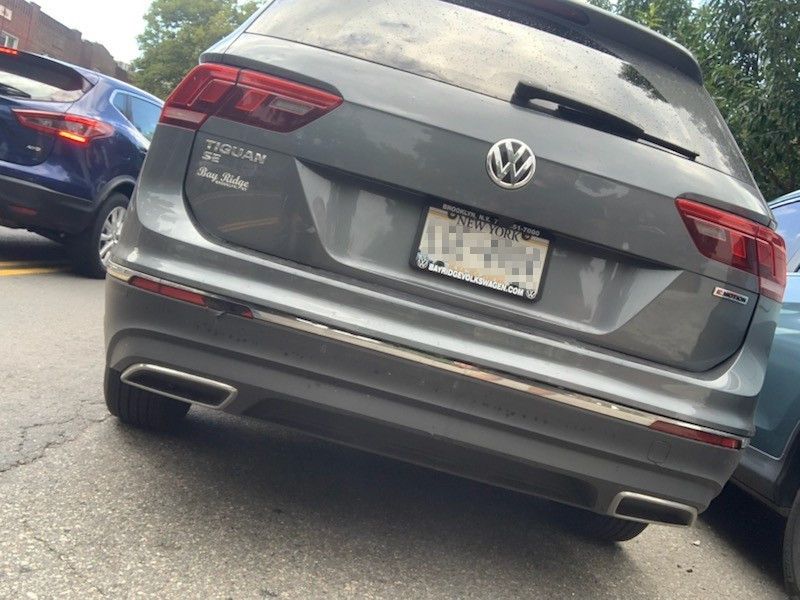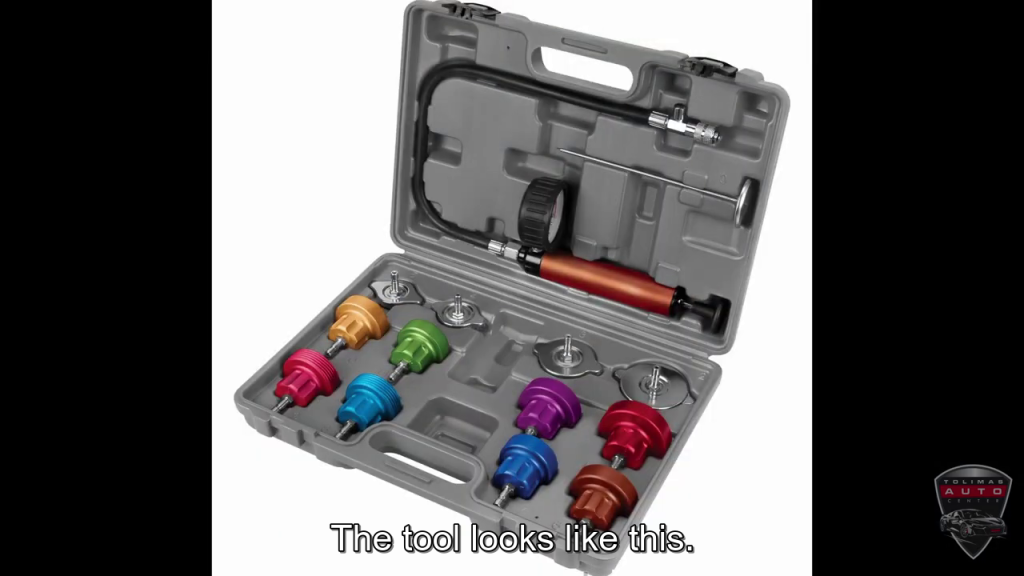A lot of cars built in the last 20 years have brake fluid level sensors that will set off a big warning light on your dashboard when it detects you have low brake fluid. This is not a light that should be ignored or taken lightly. Your brakes use hydraulic pressure to slow down and stop your car when you actuate the brake pedal. The system is under 900 to over 1,400 pounds per square inch of pressure and relies of brake fluid to transfer that force to your brake caliper pistons which squeeze on your brake pads then rotors to stop your car. That is why if a leak were to develop your car would lose brake fluid quickly and you’d soon have a car without the ability to stop.
Places where brake fluid could leak
The most common places that break fluid can leak from on older cars are the brake hoses. To withstand 1,400+ pounds of pressure brake lines that run under your car are made out of steel. But to reach the moving parts of your suspension there are portions of your braking system that need to move and those parts are made out of a special rubber. This rubber is reinforced in order to withstand extreme pressures, but like all rubber it degrades over time. Eventually the rubber dry rots cracks and will rupture. Then with each press of the brake pedal a substancial amount of fluid will be forced out.

Rust tends to be a big problem with most non luxury car models that don’t have much protection against road salt and rain water on the under carriage. Over the years this leads to corrosion and the steel brake lines will eventually develop a pinhole leak when the metal rusts through. The solution for both these brake fluid leaks is to replace the worn components then refill and bleed the brake fluid. The problem, is that once either of these components starts leaking you have only a few presses of your brake pedal before you lose so much brake pressure that the only brakes you will have will be the emergency brakes.

What to do when you experience fluid loss?
You will notice immediately that your brake pedal will become very soft or spongy when you press it. Then your dash board will quickly warn you that the brake fluid is low. Now if you car is driving down the road you will want to turn on your hazard lights and pull over immediately as you will very soon lose hydraulic pressure and your brake pedal will do nothing. If you can’t come to a complete stop you better use for emergency brake to avoid causing an accident. Then you’ll need to get the car towed to as shop. Even if you add brake fluid you will quickly lose it as the system is under very high pressure so a road side repair won’t really be feasible or safe. This issue is can be quite dangerous as it can happen spontaneously on older cars and you need the issue to be addressed immediately. If you experience this issue it is best to get a tow truck and take it to your trusted mechanic.




